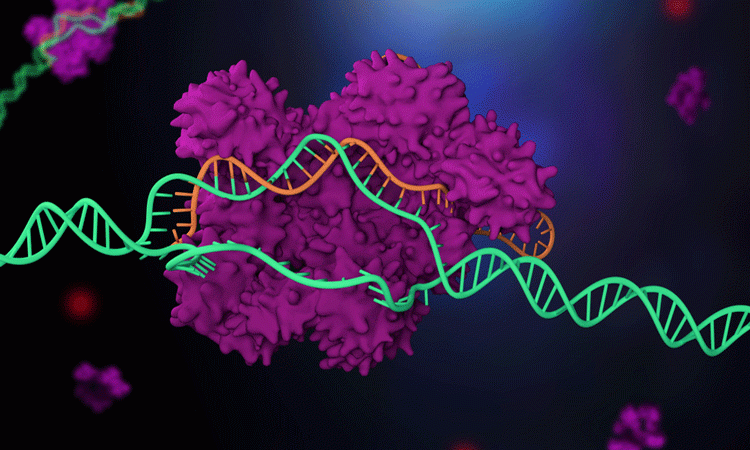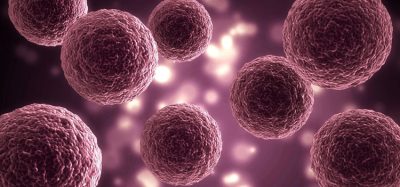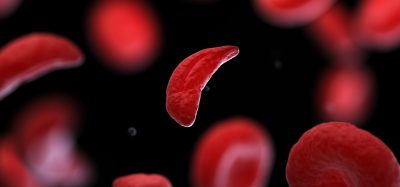Researchers improve CRISPR-Cas9 delivery efficiency
Posted: 16 September 2019 | Victoria Rees (Drug Target Review) | No comments yet
A team has used a lentiviral capsid-based bionanoparticle system to deliver CRISPR-Cas9 gene editing therapies, reducing undesired effects.


Researchers have developed an improved CRISPR delivery system for gene editing, through a lentiviral capsid system. The team say that their findings could be useful in research and clinical applications by improving safety and avoiding possible immune responses.
…using a traditional lentiviral vector allows the bionanoparticle to efficiently and safely deliver CRISPR-Cas9″
The team, from Wake Forest Institute of Regenerative Medicine (WFIRM), US, packaged the Cas9 protein and guide RNA together within a lentiviral capsid-based bionanoparticle system.
“Previously, the two components had to be delivered separately which was not as convenient,” said Dr Baisong Lu, assistant professor of regenerative medicine at WFIRM and one of the lead authors of the paper.
Conventional CRISPR-Cas9 is not completely accurate and could potentially cut unexpected locations, causing unwanted results.
However, the using a traditional lentiviral vector allows the bionanoparticle to efficiently and safely deliver CRISPR-Cas9. The researchers observed that it reduced off-target rates compared to regular CRISPR-Cas9.
A “similar strategy should be translatable to other editor proteins for gene disruption,” said Anthony Atala, MD, director of WFIRM and a co-author of the paper. “We may be able to utilise this to package and deliver other RNPs into mammalian cells, which has been difficult to achieve so far.”
The findings were published in Nucleic Acids Research.
Related topics
CRISPR, Drug Delivery, Genome Editing, Genomics, Regenerative Medicine, Research & Development
Related organisations
Wake Forest Institute of Regenerative Medicine (WFIRM)
Related people
Anthony Atala MD, Dr Baisong Lu







